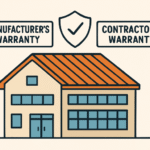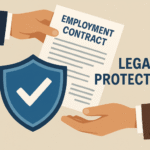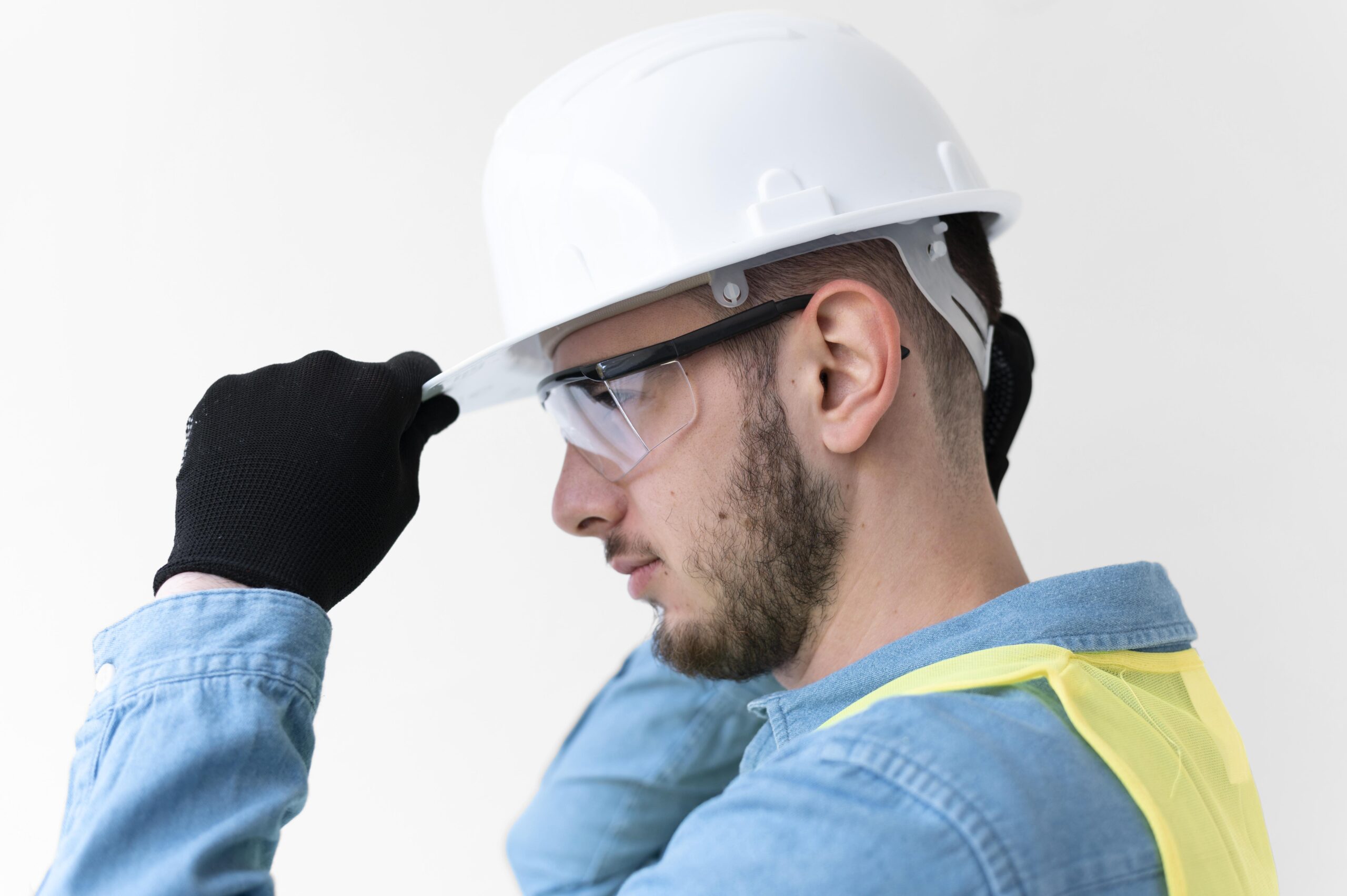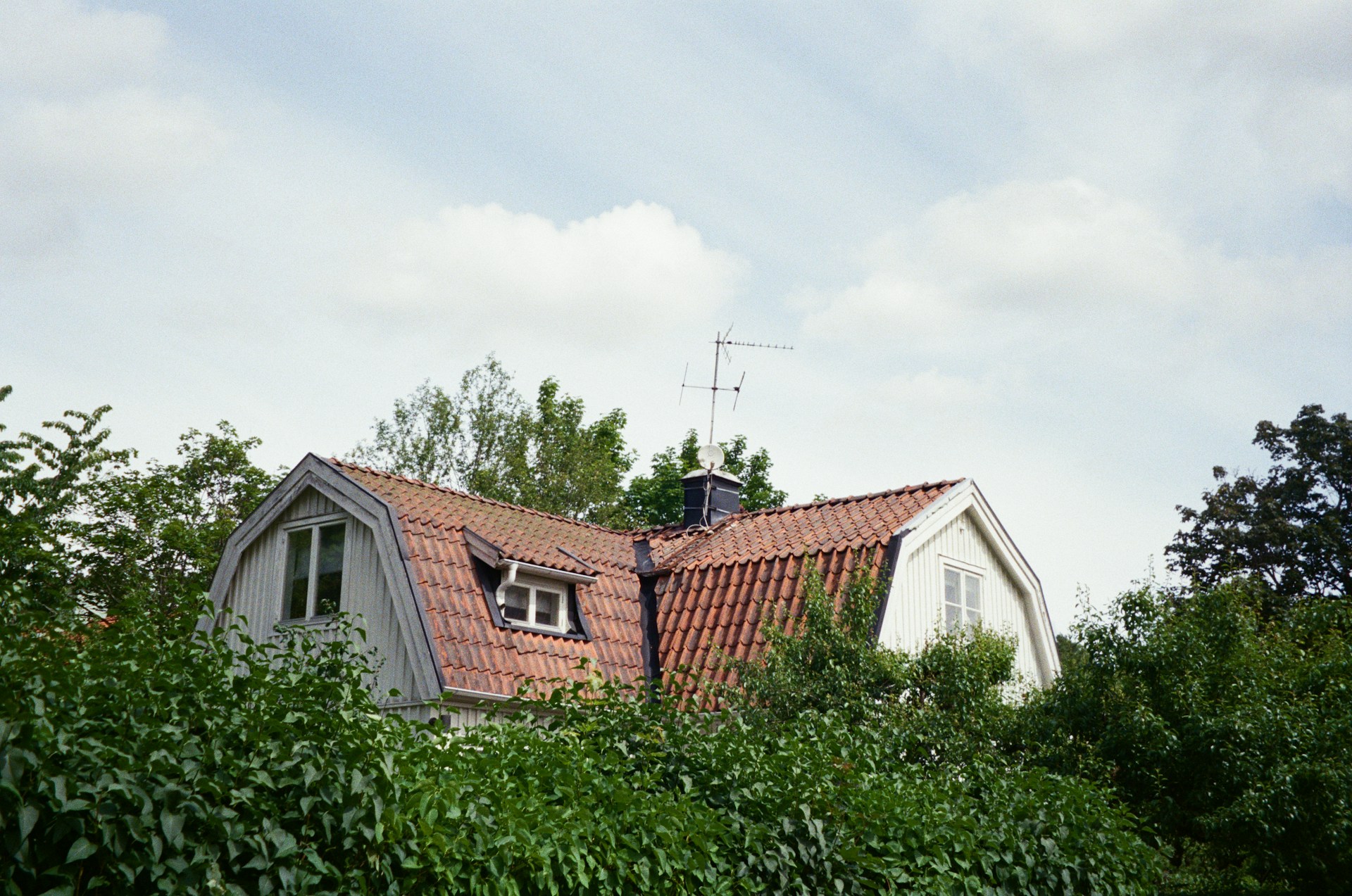Construction sites can be hazardous. With heavy machinery, power tools and various materials flying around, workers face multiple risks daily. Safety should always come first. This is where Personal Protective Equipment (PPE) comes into play. PPE is the line of defence for construction workers against accidents and injuries. Contractors have a critical role in ensuring that everyone on-site is protected. But what does that entail? And what PPE should they focus on?
This blog will highlight the importance of construction PPE and explore safety regulations, key equipment types and the contractor’s role in keeping the job site safe.
PPE and Safety Regulations for Construction Sites
Every construction site is different, but one thing remains constant: the need for PPE. In the UK, the law requires that employers, including contractors, provide the correct PPE to ensure worker safety. The Personal Protective Equipment at Work Regulations 1992 outlines the responsibilities of contractors and employers to supply suitable PPE to their workers. This includes headgear, gloves, and high-visibility clothing. More recently, the Health and Safety at Work Act 1974 reinforces these requirements, pushing for a safe working environment.
These laws mean that if you’re working in construction, you must have suitable PPE to match the job. The regulations also state that workers should receive comprehensive PPE training. In other words, it’s not just about handing out hard hats and calling it a day. Contractors must ensure their team knows how and when to use each piece of equipment.
10 Types of Construction PPE
When it comes to personal protective equipment, a single size is only suitable for some. Different tasks require different gear. Below are the ten essential types of construction PPE that every contractor should consider for their crew.
- Head Protection
Head injuries are a significant risk on construction sites. Workers need sturdy helmets to protect against falling objects, accidental bumps, or debris. Hard hats are the go-to solution, providing a shield that can absorb impact. UK regulations require contractors to provide hard hats to workers, especially in areas where there is a risk of head injuries. It’s a simple measure that can prevent severe accidents.
- Face & Eye Protection
Flying debris, dust and sparks can all threaten a worker’s eyes and face. Eye injuries are some of the most common on construction sites. Safety goggles or face shields are crucial. They protect against splashes, dust and chemicals. Contractors must ensure that every worker has access to face and eye protection, particularly during tasks like welding, cutting, or handling hazardous materials.
- Hearing Protection
Construction sites are noisy. The roar of machinery, drilling and hammering can damage hearing over time, making noise-induced hearing loss a genuine concern. Earplugs or earmuffs can reduce this risk. Contractors need to provide suitable hearing protection and encourage workers to use it significantly when noise levels exceed the safe threshold of 85 decibels.
- Respiratory Protection
Dust, fumes and chemicals fill the air on most construction sites and breathing them in can lead to serious health issues. Respirators are essential when working in environments with poor air quality. Workers should use masks that filter out harmful particles for tasks like sanding, painting, or handling hazardous materials. In the UK, contractors are required to assess air quality risks and provide the appropriate respiratory PPE.
- Hand & Arm Protection
On construction sites, hands are vulnerable to cuts, scrapes and chemical burns. Wearing suitable gloves is crucial. Different tasks require different types of gloves, such as heavy-duty gloves for handling sharp objects and chemical-resistant gloves for working with hazardous substances. Contractors need to identify job-specific risks and supply suitable hand and arm protection.
- Leg & Foot Protection
Stepping on nails, dropping heavy objects, and exposure to sharp tools are daily risks for construction workers. Steel-toe boots are a must-have to guard against these hazards. They provide a formidable barrier that can protect feet from punctures and crushing injuries. Contractors should ensure that all workers have proper footwear, which also includes slip-resistant soles to prevent falls on slippery surfaces.
- Skin Protection
Long hours in the sun or contact with chemicals can harm the skin. Workers need protection from harmful UV rays and skin irritants. Sunblock, long sleeves, and protective creams can help. Contractors should provide appropriate PPE, such as chemical-resistant suits, in cases where workers handle hazardous substances.
- Fall Protection
Falls are one of the leading causes of construction site injuries. Workers operating at heights need reliable fall protection systems, including harnesses, safety nets and guardrails. The Work at Height Regulations 2005 make it mandatory for contractors to assess the risks of working at heights and implement measures to prevent falls.
- Electric Shock Protection
Electricity is a silent but deadly hazard. Electric shocks can occur while using faulty equipment or tools. This can be prevented by conducting a thorough electrical safety risk assessment or by conducting portable appliance testing (PAT). PAT ensures that all electrical equipment is safe to use.
Responsible personnel should be trained on portable appliance testing and perform routine inspections of tools and equipment to minimise the risk of electric shocks or any potential short circuits.
- Visibility Clothing
Construction sites can be chaotic. Workers need to be easily seen, especially when there is heavy machinery in use. High-visibility clothing, like bright vests and jackets with reflective strips, keeps workers visible in low-light conditions. This is vital for the safety of all, particularly during night shifts or in dimly lit areas. Contractors must ensure that workers wear high-visibility gear whenever necessary.
PPE is essential for construction job site safety. From helmets to harnesses, each piece of equipment protects workers from common site hazards. Contractors are responsible for not only providing the proper PPE but also ensuring that workers know how to use it properly. Following UK regulations and conducting regular PPE training is necessary for creating a safer work environment.
In construction, safety is everyone’s business. But it starts with contractors setting the standard. When workers are equipped with the correct PPE and knowledge, accidents can be minimised and prevented through thorough safety protocols.












